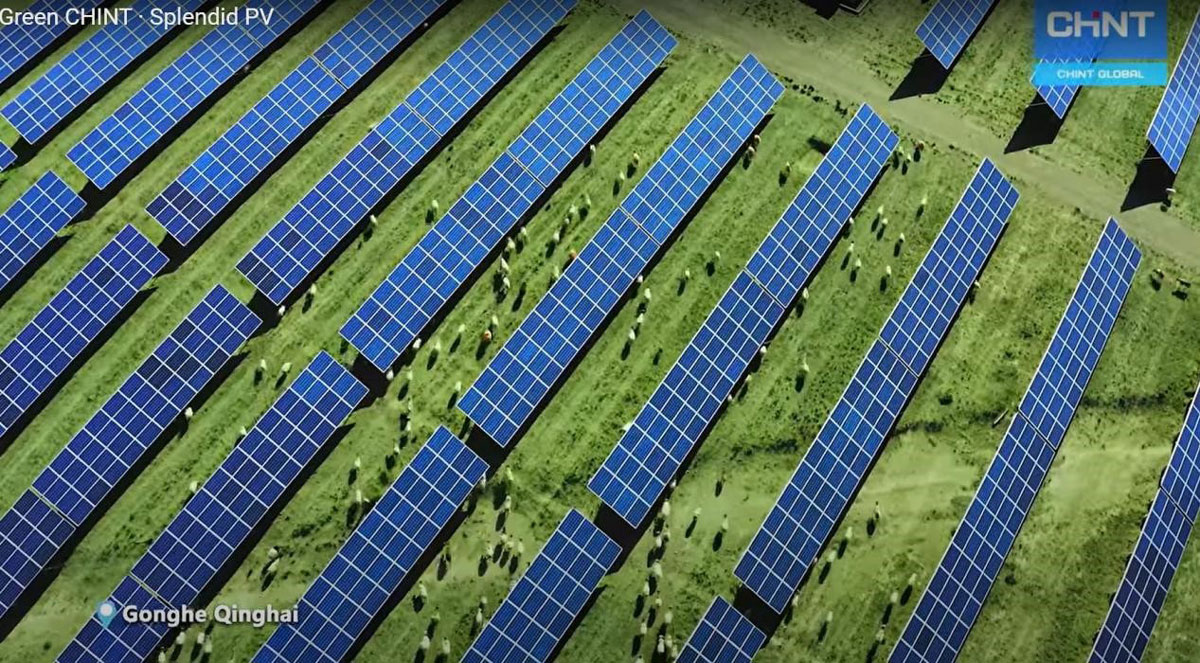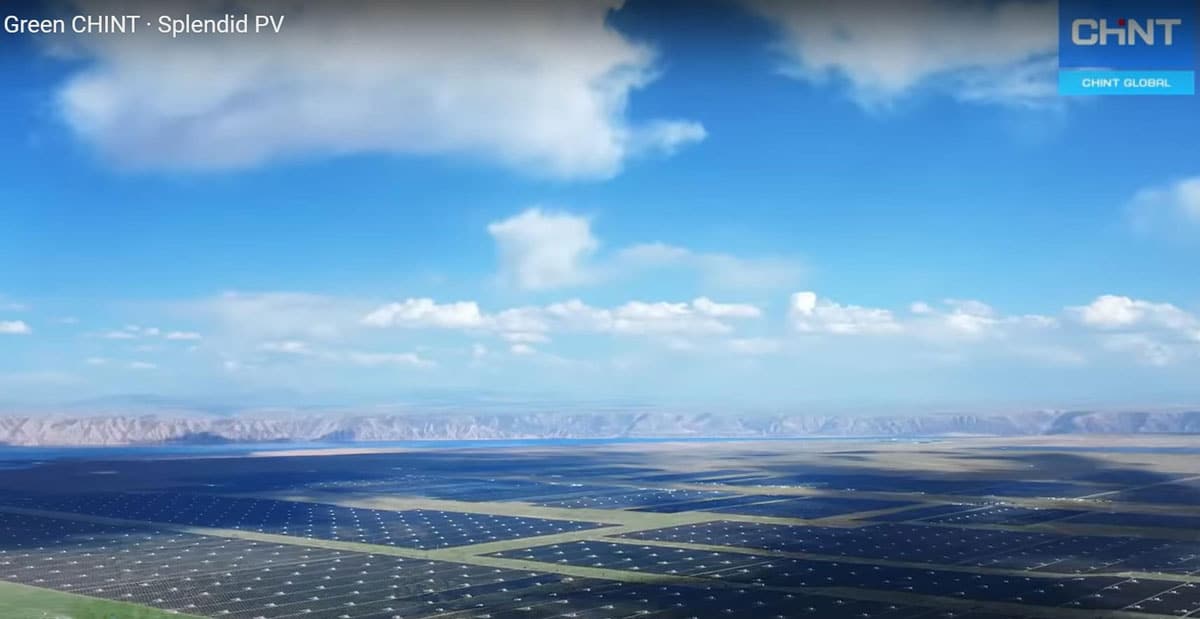Table of Contents |
The possibility of achieving higher annual energy production using bifacial photovoltaic (PV) technology than with mono facial PV has attracted a lot of attention in recent years.
More importantly than significant module cost reductions, increased annual energy yield is critical since it allows for the elimination of high BOS (Balance of System) costs, leading in the lowest LCOE of any alternative energy technology (levelised cost of energy).
When considering solar panel options, the wattage of the panels is an important consideration. Prospective solar panel purchasers generally have a goal for the electricity they wish to generate. Whether or not it meets all of their needs is a matter of debate. In any case, various variables can affect the solar panel’s ability to generate electricity.
This article will discuss an overview of Crystalline Silicon PV Modules.
PV Module
Photovoltaic (PV) cells, commonly referred to as solar cells, are assembled into a PV module or solar PV module. PV modules (also known as PV panels) are linked together to form an enormous array, called a PV array, to meet a specific voltage and current need.
A PV module is a critical component in any PV system that uses direct current (DC) electricity. PV modules can be linked together in series and parallel to meet a given system’s voltage and current requirements.
What is a crystalline solar panel?
For structural stability, crystalline silicon modules use a single glass sheet and an aluminum frame that weighs less than 3 kilograms per square meter.
Single crystalline silicon (also known as monocrystalline silicon) and multi-crystalline silicon (also known as polycrystalline silicon) are two forms of crystalline silicon (c-Si) utilized in the production of PV modules.
Despite having lower conversion efficiencies, polycrystalline silicon PV modules are still more efficient than single crystalline silicon PV modules, averaging around 10-12 percent.
The most extensively used photovoltaic technology is crystalline silicon photovoltaics. They’re modules made from crystalline silicon solar cells produced in the microelectronics industry, which is why they’re called crystalline silicon photovoltaics.
There are many applications where space is limited, and crystalline silicon solar cells provide a high-efficiency level.
Why is crystalline silicon used in solar cells?
A crystal lattice of silicon atoms is used to construct crystalline silicon cells. Because of its well-organized structure, this lattice can more efficiently convert light into energy.
Other Reasons
- Sand, the planet’s most common substance, is where silicon (Si) is found. If a 500 MW solar power plant is to be put into service, you must follow the following steps. Then, a massive amount of Si is needed, which is a reality. This isn’t an option because the earth’s crust has so few additional semiconductive materials.
- As a general rule, the AM 1.5 solar spectrum fits inside the bandgap of 1.1, which is good with Si.
- As far as we know, Si does not cause any harm.
- Silicon crystals are incredibly durable.
Thin Film vs. Crystalline Silicon PV Modules
The cost per watt of thin-film PV modules is lower than that of crystalline silicon modules. Though thin-film module production capacity around the world has increased greatly since 2007, silicon modules have declined significantly in price. The efficiency of these two technologies is fast increasing even as the price gap between them narrows.
Although crystalline-silicon solar cells have been around since the 1950s and are widely available and efficient, thin-film solar cells are the new kids on the block. They are poised to take over as the dominant technology.
Types of Technology
Polycrystalline and monocrystalline silicon photovoltaics are two types of crystalline silicon cells. Polycrystalline silicon cells are created by sawing cast silicon into bars and then cutting them into wafers.
Monocrystalline silicon solar cells are more efficient than polycrystalline silicon solar cells in terms of power output. In order to increase reliability and resistance to the elements, crystalline silicon photovoltaic modules are frequently coupled and then laminated under toughened, high-transmittance glass.
When it comes to organic photovoltaic, amorphous silicon (a-Si), Copper Indium Gallium Selenide/CIGS, and Cadmium Telluride (CdTe) technology, thought films have a wide range of options available.
Voltage Rating
In the present day, crystalline silicon (c-Si) solar cells are the most widely used solar cells due to their stability and high efficiency (between 80 and 85 percent voltage). At the same time, Thin Film has a 72%-78% voltage rating, and it relies on established process technologies with an enormous database and, in general, it has proven to be reliable.
Temperature Coefficients
The temperature coefficient of thin films is lower than that of crystalline silicon (which is better at high ambient temperatures).
Module construction
Thin films have no frame, are sandwiched between two sheets of glass, and are less expensive and lighter than crystalline silicon.
Application Type
Thin film silicon has commercial/utility use, whereas crystal silicon has residential/commercial applications.
Inverter Compatibility and Sizing
Crystalline silicon has a lower temperature coefficient, which is beneficial. Thin films, on the other hand, have a system designer who must take into account variables such as temperature coefficients, Voc-Vmp differences, and isolation resistance owing to external causes.
Thoughts
The market seems to believe that thin film will not only catch up to but also surpass c-Si components on all levels, which are, in reality, only cost and efficacy. Thin-film features The usage of cadmium, an environmentally harmful metal, is one approach to reduce the cost of thin-film solar cells. As long as it is encased and in use, the makers insist it is safe. Currently, there are no plans to recycle these components.
CHINT PV module products
Solar panel output and power generation are difficult to estimate because of the unique nature of each PV module system.
Understanding the elements that determine a solar panel system’s wattage rating is an excellent place to begin. The output of a solar panel can range from 250 watts to 400 watts. You cannot guarantee your system’s production to remain constant, as different variables play a role in this process.
The Roof's Angle and Where It's Located
The optimum overall performance is attributed to a roof with a 30° inclination. It’s also a good idea to position your solar panels in a way that maximizes efficiency and electricity generation.
Consider your home’s energy needs and any elements that could affect the output of a solar panel system before making a purchase. By anticipating your energy requirements, you’ll be able to purchase a fully functional solar panel system.
Industry-leading CHINT solar panels are ideally suited for both residential and commercial applications. If you’re comparing solar panels, CHINT panels are an excellent option to consider because of their high output and long lifespan.
Conclusion
Using online calculators, you may estimate how much electricity your solar panel can generate for free. Some of these tools, on the other hand, are inaccurate. Depending on your location, sun hours, and other criteria, your solar panel provider should be able to provide you with a reasonable estimate.






.png)








